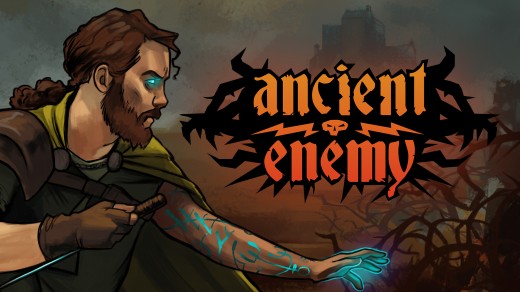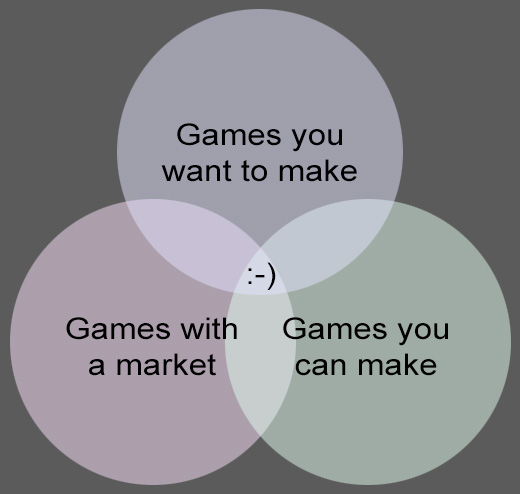Grey Alien Games to unleash Ancient Enemy
Tuesday, October 23rd, 2018Bridport, UK, 23 October 2018 – Grey Alien Games, the independent development team behind Regency Solitaire, and Shadowhand, has today revealed their forthcoming title, Ancient Enemy.
Awakening from centuries of slumber, a fallen mage returns to battle twisted folkloric foe across sprawling, ghostly landscapes. His ultimate destination: the nameless antagonist, a dread nemesis waiting patiently in the dark fastness of a monstrous citadel, his Ancient Enemy.
An unusual, strategic RPG card game, Ancient Enemy is launching on Steam for PC & Mac next year. You’ll embark upon a quest inspired by British mythology and the Mabinogion, so expect card battling, visceral fights, mixed with bleak and evocative folklore! Loot the fallen to fill your hero’s RPG-style inventory with collectible cards, capture strongholds and gather talented henchmen. Only powerful magic and iron determination will enable revenge upon your ultimate foe.
A collaboration between Grey Alien Games and Big Robot’s Jim Rossignol, and featuring art by Jen Pattison, this is a project that brings together indie development talent from across the UK. “This is a long-overdue collaboration between myself and Jake,” said Rossignol, “and it’s fantastic to be working with Jen, whose art I have admired for years. We’re all having a lovely time.” Additionally, Ancient Enemy is supported by Bithell Games.
“I’m incredibly excited to play Ancient Enemy. One of the coolest things about selling games is using some of that cash to support other people’s visions,” said Mike Bithell of Bithell Games (Thomas Was Alone, Subsurface Circular). “Like Regency Solitaire and Shadowhand, I’m sure this award-winning team’s latest game will blow us away.”
Features:
– Card-driven, turn-based battles. The new, faster, turn-based combat puts the focus on the player’s choices.
– Strategic challenge. Play your cards wisely. Your enemy’s next move is revealed, and you must respond accordingly.
– Legend! Draw power from the stone circles, drive back the blight. Crack open the secrets of the dark land, and see the myths spill out!
– Painterly production. Jen Pattison’s exquisite painted style brings Ancient Enemy to life with expert vision.
Contact:
Jim Rossignol: [email protected]
Website: http://www.ancientenemygame.com
Facebook: https://www.facebook.com/AncientEnemyGame/
Jim Rossignol is a writer and developer. He co-founded Rock, Paper, Shotgun in 2007, and then the micro-studio Big Robot – best known for the smash-hit survival epic, Sir, You Are Being Hunted – in 2010.
Grey Alien Games, based in Dorset, UK is an indie game company run by husband-and-wife team, Jake Birkett and Helen Carmichael, and has shipped more than ten commercial games over the past decade, including Spooky Bonus, Regency Solitaire and Shadowhand.
Jen Pattison is an illustrator & concept artist working in games, TV and film. She has previously worked on GAP Project, Steam Marines 2, Quest for Infamy, Roehm to Ruin, Order of the Thorne, and Serena, and has worked with clients including Disney, Twitch, and Komixx.




